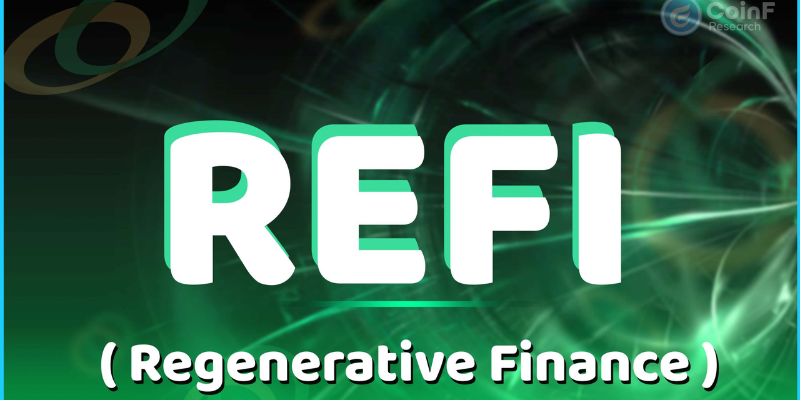Few would say that the young blockchain industry has fully realized its potential. In the beginning, crypto was a revolution against the exploitations and problems of the established financial system and a revolution to make finance more accessible to the general public. Today, however, we see an ecosystem that has lost sight of its original goals, is largely disconnected from the real world and is re-discovering many of the lessons established financial systems have learned over the years. More than ever, it’s clear that companies based on decentralized finance (DeFi) should prioritize creating actual, sustainable value for their customers. This is something that regenerative finance (ReFi) is uniquely positioned to address.
Also Read; Crypto Had An Impact In 2024
Table of Contents
ToggleRegenerative Finance & Its Impact On Crypto
In 2015, economist John Fullerton used the term “Regenerative Capitalism“ in a document with eight ideas for a new economic system. This was the seed from which the idea of ReFi grew. These rules aim to set up a financial system that will foster widespread prosperity. In other words, it’s a way to look at the economy that considers the bad things that traditional capitalism has often ignored. This includes things like differences in social status, damage to the environment, and financial inequality.
By developing a financial ecosystem that can better respond to the needs of all stakeholders both now and in the future with readily available tools, ReFi aims to alter the extractive and exploitative strategy of conventional finance.
To make crypto technology more widely available and acceptable, ReFi can be utilized. ReFi is a movement with the goal of getting people to rethink their relationship with finances. It is a new field that combines regenerative economics and decentralized finance to give more people access to safe, open financial services.
Although the climate is often mentioned in conjunction with ReFi, and while this is an important aspect, the reality is that ReFi has enabled tangible and accessible use cases. Users can “plugin” and participate in models and systems that can improve their and the ecosystem’s well-being. As such, ReFi can be seen as a way to triangulate elements of sustainability, such as “stabilizing” the climate and “biodiversity” while also maintaining equitable access within global communities. This may lead to innovative new financial systems and models that boost economic growth.
Conclusion
As the crypto industry surveys the ruins of 2022, it needs to rededicate itself to its core promises and find new ways to add real, lasting value. Regenerative Finance is in an excellent position to build some of the critical infrastructure and applications that are needed to make a regenerative economy much more appealing and to encourage people to promote positive climate action. ReFi’s goal is to put cryptocurrency to good use by using the power of the place where profit and purpose meet and spreading the idea that doing good for the planet is good for business.











